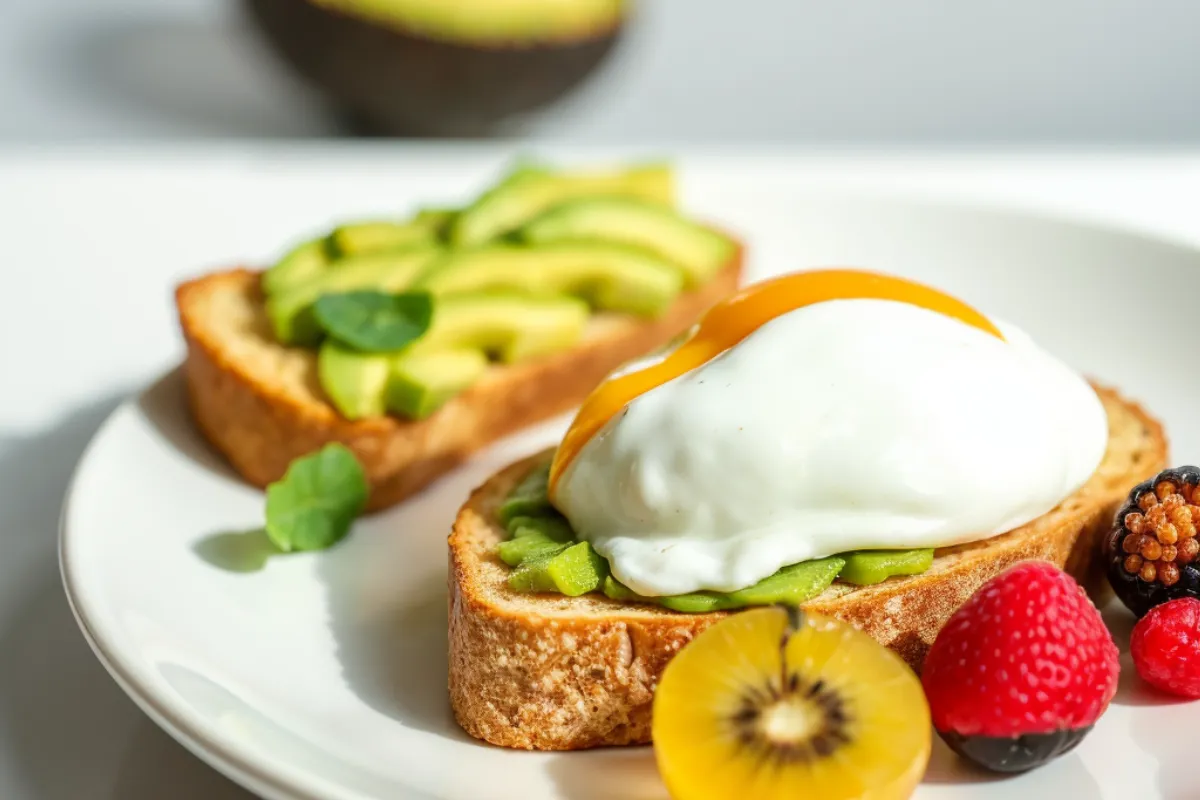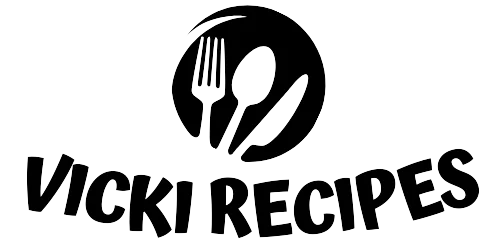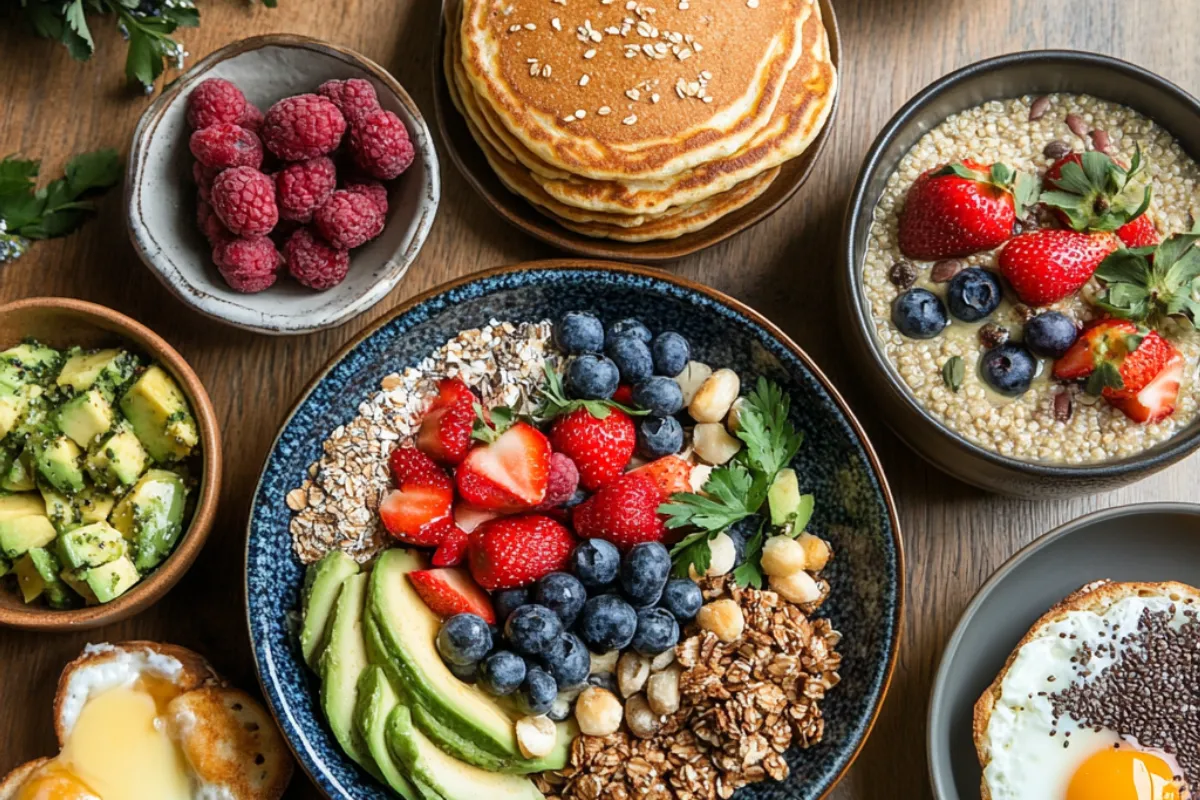Introduction to Gluten-Free Breakfasts
Starting your day with a healthy breakfast is important for keeping your energy up and staying healthy overall. For those on a gluten-free diet, this is even more crucial. Gluten is a protein found in wheat, barley, and rye, and it’s what makes bread stretchy. However, for people with celiac disease or gluten sensitivity, eating gluten can cause serious health problems.
So, why is a gluten-free diet so important? For those with celiac disease, even a tiny bit of gluten can harm the small intestine, making it hard to absorb nutrients. On the other hand, people with non-celiac gluten sensitivity may have symptoms like bloating, diarrhea, and feeling tired, but without the intestinal damage that celiac disease causes.
Because of the need to stick to a strict gluten-free diet, breakfast becomes a key meal. It not only jump-starts your metabolism but also gives you the energy you need to get through your morning. With this in mind, it’s important to choose a gluten-free breakfast that is both healthy and satisfying.
Health Benefits of Gluten-Free Breakfasts
When you choose a gluten-free breakfast, you’re not just avoiding gluten—you’re making a choice that can lead to numerous health benefits. Let’s explore some of the key benefits of starting your day with a gluten-free meal.
Improved Digestive Health
One of the most immediate benefits of a gluten-free breakfast is improved digestive health. Many individuals with gluten sensitivity or celiac disease experience relief from digestive symptoms when they eliminate gluten from their diet. Symptoms such as bloating, gas, and diarrhea often subside, leading to a more comfortable day-to-day experience.
Increased Energy Levels
A breakfast full of whole, unprocessed foods—common in a gluten-free diet—can help keep your energy steady all day. By avoiding gluten, you’re more likely to eat foods that are naturally high in fiber, protein, and healthy fats, which can give you lasting energy without the mid-morning slump that often comes with high-sugar, gluten-filled breakfasts.
Potential Weight Management Benefits
For those looking to manage their weight, a gluten-free breakfast can be a great ally. Many gluten-free options are lower in refined carbohydrates and sugars, which can help prevent spikes in blood sugar levels and reduce cravings later in the day.
To understand more about how a gluten-free diet can benefit your health, check out this comprehensive guide on the health benefits of a balanced breakfast.
Common Challenges in Finding Gluten-Free Breakfasts
While the benefits are clear, finding the perfect gluten-free breakfast can be challenging. Here are some common obstacles you might face and tips on how to overcome them.
Limited Options in Restaurants and Cafes
Eating out can be tricky when you’re on a gluten-free diet. Many traditional breakfast options, such as toast, pancakes, and muffins, contain gluten. Even when gluten-free options are available, there’s often a risk of cross-contamination. To navigate this, research restaurants ahead of time, and don’t hesitate to ask about their food preparation practices.
Cross-Contamination Risks
Cross-contamination is a significant concern for those with celiac disease. Even trace amounts of gluten can cause symptoms. At home, ensure that your cooking surfaces, utensils, and storage areas are free from gluten. When eating out, communicate clearly with the staff about the importance of keeping your meal gluten-free.
To understand the risks better, you can explore more about gluten cross-contamination.
Nutritional Balance
It’s important to make sure your gluten-free breakfast is healthy and well-balanced. Some gluten-free foods have less of the key nutrients like fiber, iron, and B vitamins. Adding a mix of whole foods, such as fruits, vegetables, nuts, seeds, and gluten-free grains, can help cover these needs.
Essential Ingredients for Gluten-Free Breakfasts

Creating a delicious and nutritious gluten-free breakfast starts with the right ingredients. Here are some staples you should always have on hand:
Gluten-Free Grains
- Certified gluten-free oats
- Quinoa
- Buckwheat
- Rice
These grains are naturally gluten-free and can be used in various breakfast dishes, from porridge to pancakes.
Gluten-Free Flours
- Almond flour
- Coconut flour
- Chickpea flour
These flours are versatile and can be used to make everything from muffins to pancakes.
Dairy and Dairy Alternatives
- Yogurt (Greek yogurt, plain yogurt)
- Milk alternatives (almond milk, coconut milk)
These provide a creamy texture and are great sources of calcium and protein.
Fruits and Vegetables
- Berries
- Bananas
- Avocados
- Spinach
Fruits and vegetables are naturally gluten-free and add essential vitamins, minerals, and antioxidants to your breakfast.
Protein Sources
- Eggs
- Nuts and seeds
- Lean meats (like turkey sausage or bacon)
Protein is essential for keeping you full and satisfied until your next meal.
Natural Sweeteners
- Honey
- Maple syrup
- Stevia
These sweeteners are a great alternative to refined sugar and can enhance the flavor of your gluten-free dishes.
Top 10 Gluten-Free Breakfast Recipes
Looking for inspiration? Here are ten delicious gluten-free breakfast recipes that are sure to start your day off right.
1. Gluten-Free Pancakes
These fluffy pancakes are made with a blend of almond flour and coconut flour, providing a light and airy texture. Top with fresh berries and a drizzle of maple syrup for a satisfying start to your day.
For a seasonal twist, try incorporating pumpkin into your pancake batter. Our pumpkin banana bread recipe can be adapted by adjusting the consistency to create delicious, fall-inspired pancakes that are perfect for chilly mornings.
2. Quinoa Breakfast Bowl
Quinoa isn’t just for lunch or dinner. This versatile grain makes a fantastic breakfast bowl when paired with fresh fruits, nuts, and a touch of honey.
3. Almond Flour Muffins
These muffins are not only gluten-free but also grain-free. They’re perfect for a quick breakfast on the go and can be customized with your favorite fruits or nuts.
To add more variety, try baking cookies for breakfast. Our unique Earl Grey cookies offer a sophisticated flavor profile that pairs perfectly with a morning cup of tea or coffee.
4. Chia Seed Pudding
Chia seeds are packed with fiber and omega-3 fatty acids. Mix them with almond milk and let them sit overnight for a creamy, pudding-like texture. Add fresh fruit and nuts for added flavor and nutrition.
5. Avocado Toast on Gluten-Free Bread
Avocado toast is a classic, and it’s easy to make gluten-free by using a high-quality gluten-free bread. Top with sliced tomatoes, a sprinkle of salt, and a dash of hot sauce for a kick.
6. Smoothie Bowl
A smoothie bowl is a refreshing way to start your day. Blend together your favorite fruits with some almond milk, then top with gluten-free granola and seeds for added crunch.
7. Gluten-Free Oatmeal
Oatmeal is a comforting breakfast option that can be easily made gluten-free by using certified gluten-free oats. Add toppings like bananas, nuts, and a dash of cinnamon for a warm, filling meal.
8. Breakfast Tacos with Corn Tortillas
Corn tortillas are naturally gluten-free, making them an excellent base for breakfast tacos. Fill them with scrambled eggs, black beans, and salsa for a flavorful morning meal.
9. Frittata with Gluten-Free Sausage
Frittatas are a versatile breakfast dish that can be packed with your favorite vegetables and proteins. Use gluten-free sausage and a variety of fresh vegetables to create a hearty meal that’s perfect for brunch.
10. Breakfast Burrito with Gluten-Free Wrap
For a hearty and satisfying breakfast, try a gluten-free breakfast burrito. Use a gluten-free wrap and fill it with scrambled eggs, cheese, avocado, and salsa for a delicious and portable meal.
Quick and Easy Gluten-Free Breakfast Ideas
Sometimes, you need a breakfast that’s quick to prepare but still nutritious. Here are some easy gluten-free ideas for those busy mornings:
- Smoothies: A quick and nutrient-dense option, smoothies can be made with fruits, vegetables, protein powder, and almond milk.
- Overnight Oats: Prepare the night before by mixing gluten-free oats with almond milk, chia seeds, and your favorite toppings.
- Gluten-Free Cereal: Choose a healthy, gluten-free cereal option and pair it with your favorite milk alternative.
- Yogurt Parfaits: Layer Greek yogurt with gluten-free granola and fresh fruit for a quick and satisfying breakfast.
- Rice Cakes with Toppings: Use rice cakes as a base and top with almond butter, bananas, or avocado for a simple, gluten-free breakfast.
Gluten-Free Breakfast for Special Dietary Needs
Whether you’re following a specific diet or have additional food sensitivities, here’s how to tailor your gluten-free breakfast to meet your needs:
Vegan Gluten-Free Options
- Tofu scramble
- Smoothie bowls with plant-based protein powder
- Vegan gluten-free pancakes made with almond flour
Keto Gluten-Free Breakfasts
- Egg and avocado combinations
- Gluten-free bacon and eggs
- Keto-friendly smoothies with coconut milk and protein powder
Paleo Gluten-Free Breakfasts
- Eggs with sweet potatoes
- Almond flour pancakes
- Frittatas with paleo-friendly sausage
Low-FODMAP Gluten-Free Breakfasts
- Smoothies with low-FODMAP fruits (like berries and bananas)
- Eggs with spinach and bell peppers
- Overnight oats made with lactose-free milk
Eating Out: Gluten-Free Breakfast Tips
Eating out while maintaining a gluten-free diet can be challenging, but it’s possible with a little preparation:
Researching Restaurants
Before heading out, look up restaurants that offer gluten-free options. Many places now have gluten-free menus or are willing to accommodate dietary restrictions.
Communicating Dietary Needs
When ordering, clearly communicate your need for a gluten-free meal. Don’t be afraid to ask about how the food is prepared and whether there’s a risk of cross-contamination.
Safe Fast-Food Options
While fast food isn’t always the healthiest choice, there are gluten-free options available. Opt for items like salads with grilled chicken (without croutons) or breakfast items like eggs and fruit.
Dealing with Cross-Contamination
Even in the best restaurants, there’s always a risk of food contamination. Make sure to ask about the restaurant’s practices and how they ensure that gluten-free meals are prepared safely.
Meal Prep Tips for Gluten-Free Breakfasts
Meal prepping can save you time and ensure that you always have a gluten-free breakfast ready to go. Here are some tips to make meal prepping easier:
Batch Cooking
Prepare large batches of breakfast items like gluten-free pancakes, muffins, or frittatas, and store them in the freezer. This way, you can quickly reheat them in the morning.
Portion Control
Divide your meals into individual portions before storing them. This makes it easier to grab a quick breakfast without having to measure out ingredients each morning.
Rotating Ingredients
To avoid getting bored with your meals, rotate the composents you use. For example, if you’re making overnight oats, try different toppings each week.
Storage Tips
Store your gluten-free breakfasts in airtight containers to keep them fresh. Label each container with the date it was made to ensure you’re eating the oldest meals first.
Frequently Asked Questions (FAQs)
Here are some common questions people have about gluten-free breakfasts:
Are oats gluten-free?
Oats are naturally gluten-free; however, they are frequently processed in facilities that also handle wheat, and consequently, this can lead to cross-contamination. Therefore, to ensure your oats are safe, you should specifically look for oats labeled as certified free of gluten.
What are some gluten-free breakfast cereals?
There are many no gluten cereals on the market. Look for options like Cheerios, Nature’s Path Organic Gluten-Free Cereal, and Bob’s Red Mill Gluten-Free Muesli. Always check the label to make sure the cereal is certified gluten-free.
Can I eat eggs on a gluten-free diet?
Yes, eggs are naturally free of gluten and a great source of protein. They can be a staple in your gluten-free breakfast routine.
What should I avoid in a gluten-free breakfast?
Avoid traditional breakfast items like regular bread, pancakes, waffles, and cereals that contain wheat, barley, or rye. Always check labels for hidden sources of gluten, such as malt flavoring or modified food starch.
How do I make gluten-free breakfasts kid-friendly?
To make no gluten breakfasts fun to kids, try options like free of gluten pancakes, muffins, or yogurt cups with their favorite fruits. Involve them in the cooking process to get them excited about eating gluten-free.
Are there any gluten-free fast food breakfast options?
Yes, some fast food chains offer free of gluten options. For example, McDonald’s offers a gluten-free breakfast sandwich without the bun, while Chipotle also provides free of gluten burrito bowls. Always check with the restaurant to ensure there’s no cross-contamination.
Can a gluten-free breakfast be low-carb?
Yes, a no gluten breakfast can also be low-carb. You can choose eggs with avocado, smoothies with low-carb fruits, or almond flour pancakes. Just be careful with the extras you add to keep your breakfast low in carbs.
Conclusion
Starting your day with a free of gluten breakfast can be tasty and healthy. By knowing the benefits, handling the challenges, and trying new recipes, you can enjoy a range of meals that keep you feeling good. Plan ahead and have fun with no gluten cooking. With the right foods and a bit of planning, you can make breakfast something to look forward to every day.

